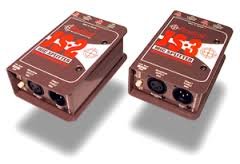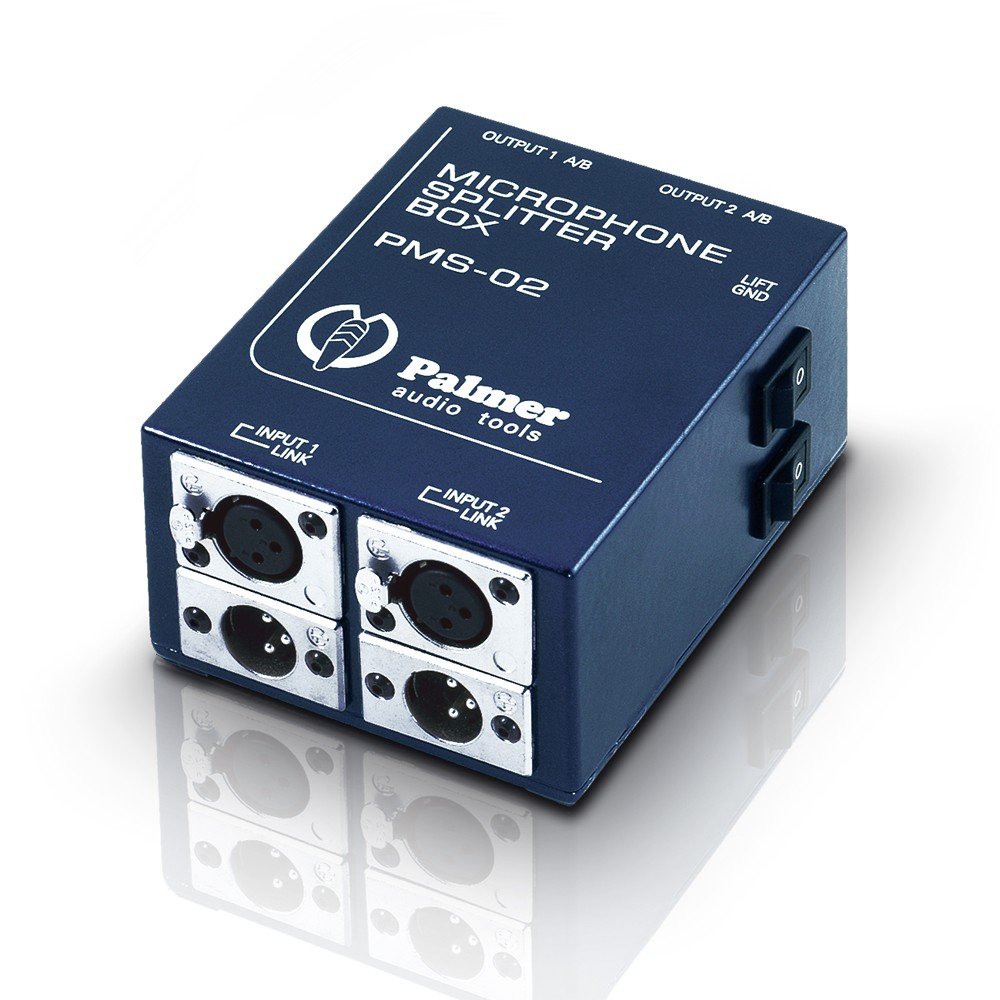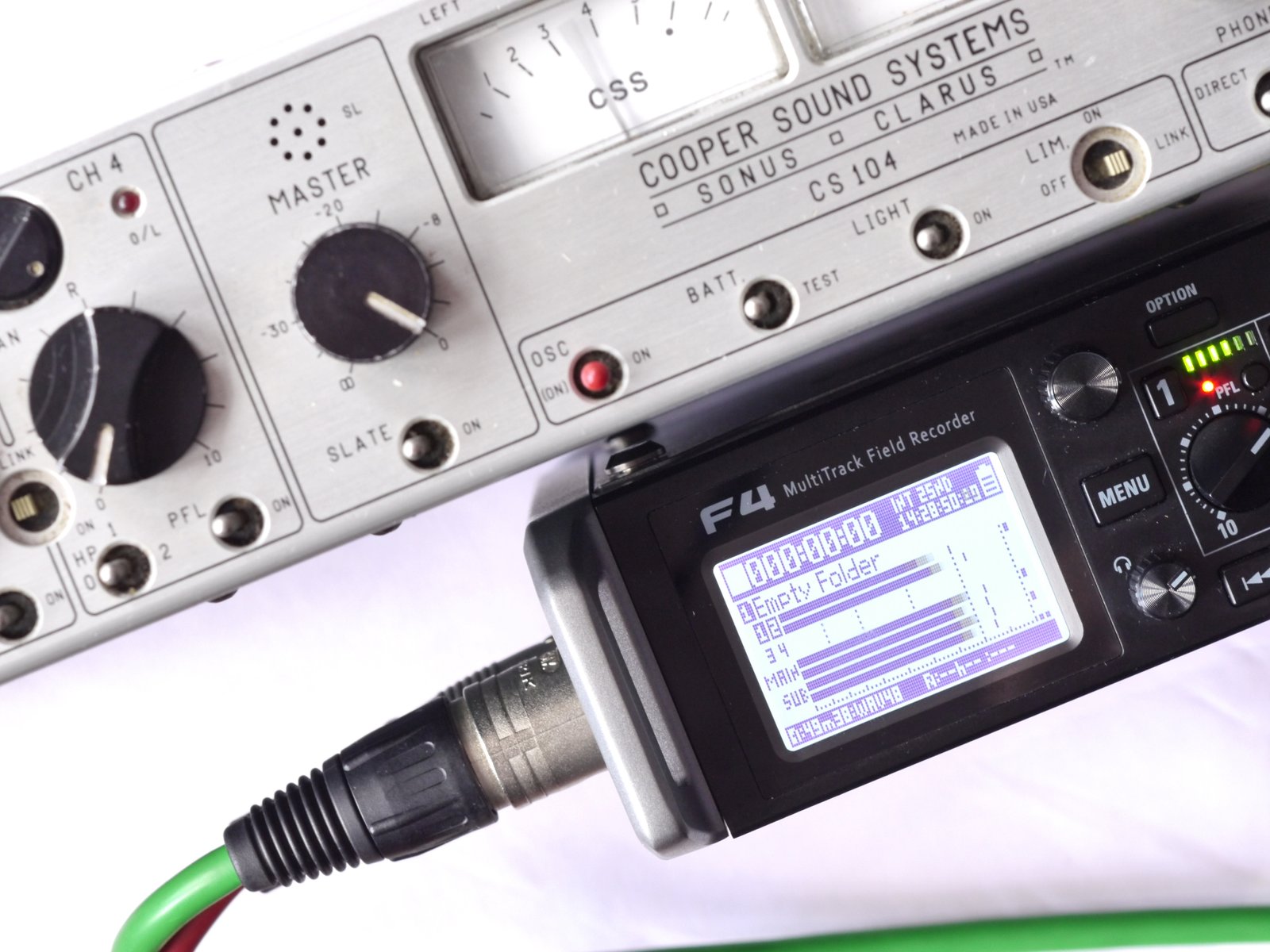Live sound is a bit like binge drinking, tiring, expensive, messy and often you end up doing things your mother warned against. Like splitting your mics. Everyone knows that mics are naturally monogamous, one mic, one lead, one channel. That’s how it’s supposed to be. But one is never enough in the world of live, FOH has to have a feed of course but the monitor mixer needs some love too, and if your really adventurous then there’s a recording truck after some shared microphone action.
And here’s a word about safe splitting, if you think a simple Y lead is the answer then you are way, way out of line. In fact if someone you know suggests sharing a mic over a Y lead, I advise you to get out of that relationship, it will end in tears. No, if you want to split safely the minimum you need is a transformer based mic splitter.
If you are lucky you only need a couple of splits and rather than splashing out on a rack of transformers or get entangled in the heady world of active splitters you need one or two channels of high quality transformer splittage to keep everyone happy. Where do you start?

Well you start with a quality transformer. And the big names here are Lundahl (Sweden), Jensen (USA) and Sowter (Ipswich). Though currently I can’t find a Sowter based mic splitter. I think that’s a gap in the market.
Let’s start on the other side of the pond with Canadian kit from Radial, we love their DIs, they use Jensen transformers and they have a big rep. 
You have a choice of Radial splitters with one or two split outputs alongside the `direct’ output, the one everyone fights over. The direct output is the one to which you want to apply phantom power, if your mic requires it. This output is not going through the transformer. I tried the two output JS-3 (that’s two splits and a direct, hence the `3′)for this review. The standard Radial case is a steel book format with nice rounded corners, and the overhang of the `covers’ give some protection against kickage of switches or roadies stomping on your connection. It is a beautifully finished piece of kit that looks and feels like the business.
From Sweden we have a new contender — mmstudioz are an outfit just starting out offering a price advantage (as you buy direct) and the much favoured Lundahl transformers.
 I had the Allegro model which also has two split outputs alongside the direct out. The Allegro comes in a standard extruded case with high quality Neutrik connectors and very positive earth lift switches. And finally a new name to me — Palmer Audio Tools — Made in Germany. The Palmer PMS-02 has a simple trick up it’s sleeve, it’s a two channel device offering direct outputs from its two inputs and two additional splits per channel. It’s a sturdy diecast box with Neutrik XLRS and some nice screen printing on the top plate. There are two ground lift switches on the side of the box — which are intuitive in operation, but nonetheless would benefit from labelling. Palmer have their own transformers wound in their own Geraman factory or just up the road, no Chinese outsourcing here.
I had the Allegro model which also has two split outputs alongside the direct out. The Allegro comes in a standard extruded case with high quality Neutrik connectors and very positive earth lift switches. And finally a new name to me — Palmer Audio Tools — Made in Germany. The Palmer PMS-02 has a simple trick up it’s sleeve, it’s a two channel device offering direct outputs from its two inputs and two additional splits per channel. It’s a sturdy diecast box with Neutrik XLRS and some nice screen printing on the top plate. There are two ground lift switches on the side of the box — which are intuitive in operation, but nonetheless would benefit from labelling. Palmer have their own transformers wound in their own Geraman factory or just up the road, no Chinese outsourcing here.
Down to Business! I spent most of time listening to the splitters but in a moment of rashness I also did a bit of adhoc measurement using ARTA and Daqarta and a Marian Trace Pro balanced sound card. First off I should say these are all well made professional quality products and all of them are relatively expensive, though remember that the Palmer give you two splitters in one box. None of these will appeal to the Y leaders but all of them feel like they will give you years of hard service.The Radial has the best exterior design and finish, the overhang protects your connectors and the switches and the finish and feel are tops. My one question is why have they fitted a non latching XLR on the input? Of all the things you don’t want happening, your input connection falling out is pretty near the top, if that happens everyone is a loser. Like the Palmer the input and direct outputs are found on the same face, which I find conceptually the most satisfying. The Allegro has a split next to the input and on the back the direct and the second split. The Allegro has a utilitarian feel but very professional, it has a locking input XLR, is considerably lighter than the other two and like the Radial features lovely non slip footage that stops it sliding round the stage. The Palmer is surprisingly compact for a dual splitter and though plenty robust is still lighter than the Radial. I think the side mounting of the earth lift switches keeps the size down but they are prone to kickage — Palmer supply some stick on rubbery feet but this is in no way as comprehensive as the foam type base on the Allegro and Radial.
With both capacitor and dynamic mics, I couldn’t reliably tell the difference between the JS-3 and the Allegro. They are both very, very good. If I had to rank them all it would Radial and Allegro neck and neck with the JS-3 just ahead and then Palmer but it’s a close run thing.
Having spent some time with these three I think as a buyer you get three subtly different choices. Best build, big name transformer and the option to extend your dynamic range with a 30dB input pad — the Radial stands tall for the deepest of pockets.
For an equally big name transformer from Lundhal, with solid build and that locking input xlr and a price advantage the Allegro from mmstudioz is a strong contender.
And the winner for value the Palmer — it’s the buy one get one free of pro mic transformer splitters.
www.radialeng.com
www.mmstudioz.com
http://www.palmer-germany.com
http://www.lundahl.se
http://www.jensen-transformers.com
Note since this review has been published Radial have bought Jensen transformers.
